Acer saccharum
A common tree of decidious forests whose roots store significant amounts of sucrose
Acer saccharum sugar maple
This is also, along with beech and hemlock, one of the dominant canopy trees in the mixed deciduous forest. Maple leaves are simple but have various numbers and forms of large palmate lobes, often with points and teeth. For the sugar maple the leaves are usually longer than wide. The 3-5 lobes point outwards and have pointed tips but have rounded angles between lobes that are shaped like the letter 'U'. Maple leaves are always arranged in pairs on the twig. The color of the autumn leaves of the sugar maple is generally yellow to dark orange, though there may be tinges of red and some remnants of green, especially on those with lighter background shades. Because the tree is abundant it contributes a lot to autumn landscape scenes. Fall leaves of this species often show signs of dryness, mold or insect damage, even while still on the tree. The sugar maple stores considerable amounts of sucrose in its roots over the winter. When this 'sap' rises in the spring it can be harvested by tapping the tree. The resulting liquid can be heated and condensed to make maple syrup and maple sugar.
Habitat & Range
Grows in moist woods, wooded slopes, ravines, and alluvial areas.
Present throughout the state.
| EMP: | FACU |
|---|---|
| NCNE: | FACU |
Phenology
Flowers April to May.
Plant Codes
S-rank: S5 (Secure)
G-rank: G5 (Secure)
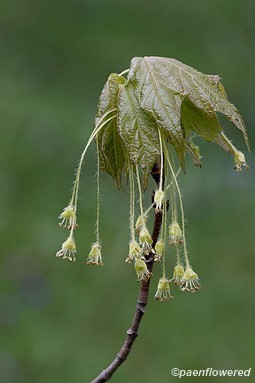

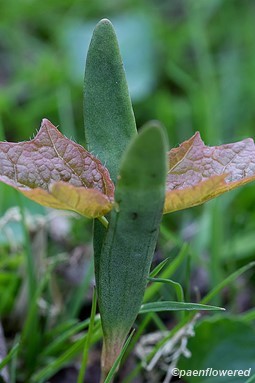

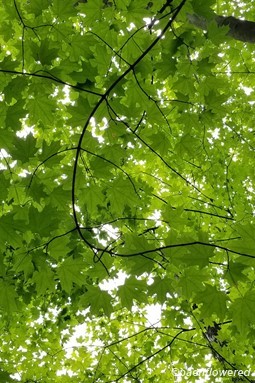


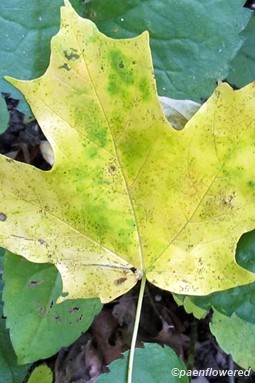

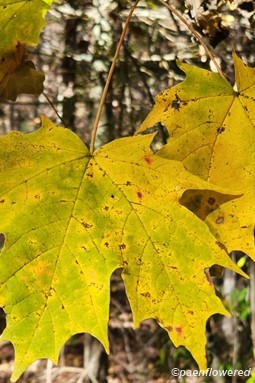
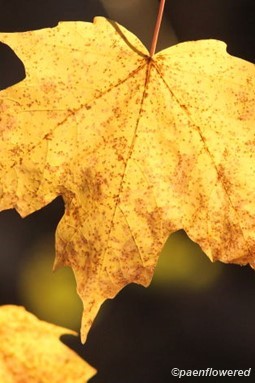

.jpg?v=638144254380000000)






.jpg?v=638376900410000000)
Comments
Have you spotted this plant in your area? We'd love to hear about your experience! Share your comments or questions about the plant below. Comments are moderated before posting.